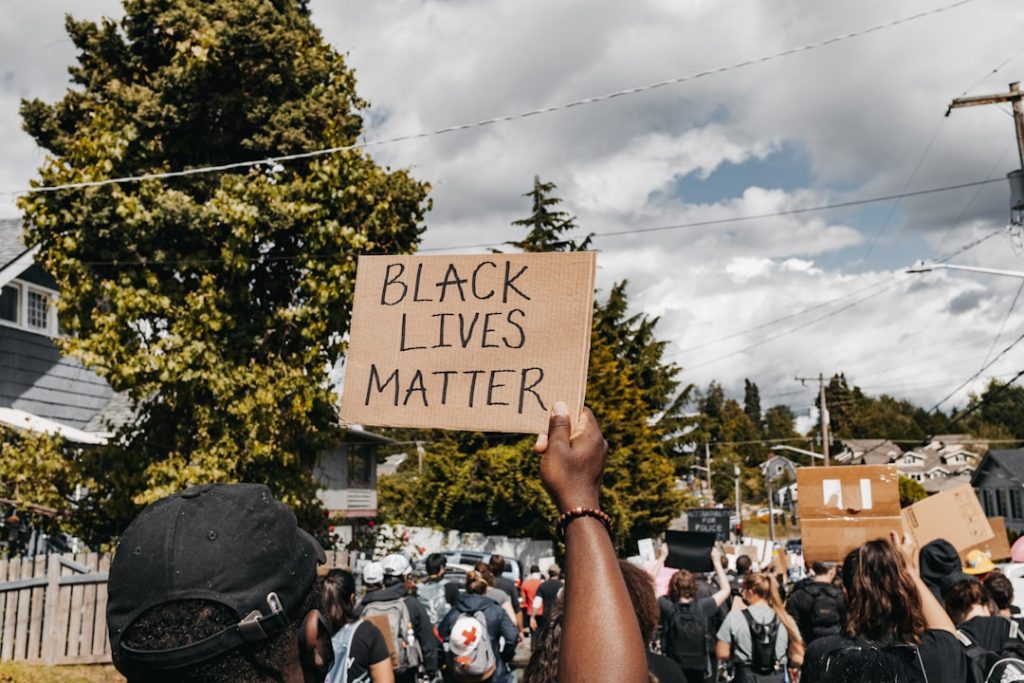Cultural differences are the myriad ways in which societies and communities vary in their beliefs, practices, and values. These differences can manifest in language, customs, social norms, and even in the way individuals perceive time and space. For instance, in many Western cultures, punctuality is often seen as a sign of respect and professionalism, while in some Latin American and Middle Eastern cultures, a more fluid approach to time is common, where relationships take precedence over strict adherence to schedules.
This divergence can lead to misunderstandings and conflicts if not navigated with sensitivity and awareness. Moreover, cultural differences extend beyond mere behavioral norms; they also encompass deeper philosophical underpinnings. For example, collectivist cultures, such as those found in many Asian countries, prioritize group harmony and community welfare over individual achievement.
In contrast, individualistic cultures, prevalent in much of the Western world, emphasize personal freedom and self-expression. These contrasting worldviews can lead to significant misinterpretations in communication styles, decision-making processes, and conflict resolution strategies. Understanding these cultural nuances is essential for fostering effective interactions in an increasingly globalized world.
Key Takeaways
- Cultural differences should be understood and respected to bridge divides and foster inclusivity and diversity through empathy.
- Empathy plays a crucial role in overcoming stereotypes and prejudices, promoting social justice and equality.
- Building trust and connection through empathy is essential in cross-cultural communication and conflict resolution.
- Empathy is a powerful tool for promoting social justice and equality, and it can help in fostering inclusivity and diversity.
- Understanding the importance of empathy in bridging cultural divides is key to promoting inclusivity and diversity.
The Importance of Empathy in Bridging Divides
Empathy serves as a powerful tool for bridging divides created by cultural differences. It allows individuals to step into the shoes of others, fostering a deeper understanding of their experiences and perspectives. When people engage empathetically, they are more likely to appreciate the complexities of another’s cultural background, which can lead to more meaningful connections.
For instance, when a person from a Western culture takes the time to understand the communal values of an Eastern culture, they may find that their initial judgments about individualism versus collectivism are overly simplistic. Furthermore, empathy can dismantle barriers that often arise from ignorance or fear of the unknown. By actively listening and validating the feelings of others, individuals can create an environment where open dialogue is encouraged.
This is particularly important in multicultural settings where misunderstandings can easily escalate into conflict. Empathy not only promotes tolerance but also cultivates a sense of belonging among diverse groups. When individuals feel seen and heard, they are more likely to engage positively with one another, paving the way for collaboration and mutual respect.
Overcoming Stereotypes and Prejudices

Stereotypes and prejudices are often rooted in a lack of understanding and exposure to different cultures. These preconceived notions can lead to harmful generalizations that distort reality and perpetuate discrimination. For example, the stereotype that all individuals from a particular ethnic group share the same traits or behaviors can result in unfair treatment and social exclusion.
Overcoming these stereotypes requires a conscious effort to challenge one’s own biases and seek out authentic interactions with people from diverse backgrounds. Education plays a crucial role in dismantling stereotypes. By providing individuals with accurate information about different cultures and encouraging critical thinking about societal narratives, we can foster a more nuanced understanding of diversity.
Engaging with literature, art, and media from various cultures can also help break down barriers by humanizing those who are often reduced to mere stereotypes. Additionally, personal experiences—such as traveling or participating in cultural exchange programs—can provide invaluable insights that challenge preconceived notions and promote empathy.
Building Trust and Connection through Empathy
Trust is a fundamental component of any relationship, whether personal or professional. Empathy is instrumental in building this trust, as it demonstrates a genuine interest in understanding others’ feelings and perspectives. When individuals feel that their emotions are acknowledged and validated, they are more likely to open up and share their own experiences.
This reciprocal exchange fosters deeper connections that transcend cultural boundaries. In professional settings, empathy can enhance teamwork and collaboration. For instance, when team members actively listen to one another and show understanding during discussions, it creates an atmosphere of psychological safety where everyone feels valued.
This not only boosts morale but also encourages creativity and innovation as diverse ideas are welcomed without fear of judgment. Organizations that prioritize empathy in their culture often see improved employee satisfaction and retention rates, as individuals feel more connected to their colleagues and the organization’s mission.
Empathy as a Tool for Conflict Resolution
Conflicts are an inevitable part of human interaction, particularly in culturally diverse environments where differing values and beliefs may clash. Empathy can serve as a vital tool for conflict resolution by allowing individuals to understand the underlying emotions driving the conflict. When parties involved in a disagreement take the time to empathize with each other’s perspectives, they can identify common ground and work towards mutually beneficial solutions.
For example, in a workplace dispute between employees from different cultural backgrounds, an empathetic approach might involve facilitating a dialogue where each party shares their viewpoints without interruption. This process not only helps clarify misunderstandings but also fosters respect for differing opinions. By acknowledging each other’s feelings and experiences, individuals can move beyond blame and defensiveness, paving the way for collaborative problem-solving.
Fostering Inclusivity and Diversity through Empathy

Empathy is essential for fostering inclusivity and diversity within communities and organizations. When individuals actively practice empathy, they create spaces where everyone feels welcome and valued regardless of their background. This inclusivity is crucial for harnessing the full potential of diverse groups, as it encourages participation from all members and allows for a richer exchange of ideas.
In educational settings, for instance, teachers who demonstrate empathy towards their students can create an environment conducive to learning for all. By recognizing the unique challenges faced by students from different cultural backgrounds—such as language barriers or differing educational experiences—educators can tailor their approaches to meet diverse needs. This not only enhances academic performance but also promotes social cohesion among students from various backgrounds.
Empathy in Cross-Cultural Communication
Effective cross-cultural communication hinges on empathy as it enables individuals to navigate linguistic and cultural barriers with sensitivity. Language differences can often lead to misinterpretations; however, when communicators approach conversations with empathy, they are more likely to seek clarification rather than make assumptions. This proactive stance fosters clearer communication and reduces the likelihood of conflict arising from misunderstandings.
Moreover, non-verbal communication plays a significant role in cross-cultural interactions. Gestures, facial expressions, and body language can vary widely across cultures; thus, being empathetic allows individuals to be more attuned to these nuances. For example, maintaining eye contact may be seen as a sign of confidence in some cultures but could be perceived as disrespectful in others.
An empathetic communicator will recognize these differences and adjust their behavior accordingly to ensure respectful engagement.
Empathy in Promoting Social Justice and Equality
Empathy is a driving force behind social justice movements as it compels individuals to recognize the struggles faced by marginalized communities. By fostering an understanding of the systemic inequalities that exist within society, empathy encourages action towards creating equitable conditions for all individuals. When people empathize with those who experience discrimination or injustice, they are more likely to advocate for change.
For instance, movements advocating for racial equality often highlight personal stories that evoke empathy among broader audiences. These narratives humanize complex issues such as systemic racism or economic disparity, making them relatable to those who may not have experienced such challenges firsthand. By cultivating empathy through storytelling and shared experiences, advocates can mobilize support for policies aimed at dismantling oppressive systems and promoting social equity.
In conclusion, empathy is not merely an emotional response; it is a powerful catalyst for understanding cultural differences, overcoming stereotypes, building trust, resolving conflicts, fostering inclusivity, enhancing communication, and promoting social justice. As societies become increasingly interconnected, the ability to empathize with others will be paramount in creating harmonious relationships across diverse cultural landscapes.


